Celebrating Earth Day on April 22 is one way to show your commitment to the environment and the need for protecting it. However, one day a year is not enough. You may know the basics of greener living already, but you can make every day Earth Day by becoming conscious of how you’re still hurting the planet and what you can do about it.
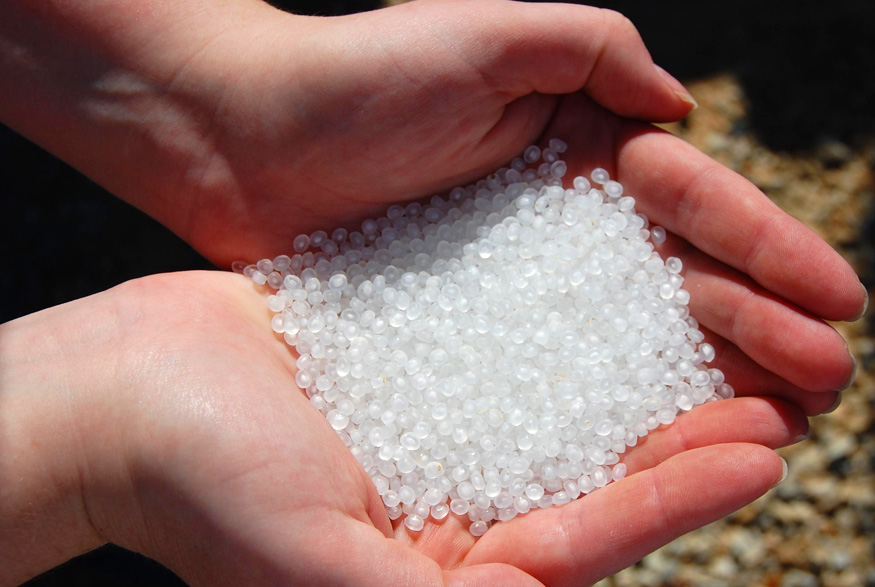
1. Microbeads
Those tiny beads in your toothpaste, facial scrub and other hygiene products are made of plastic and are so bad for aquatic life that Canada is now moving toward banning them.

1. What to Do Instead
has a handy list of products that contain microbeads and that you should avoid buying. There are many natural and effective alternatives you can use instead, from baking soda in your toothpaste to salt, sugar or even coffee grounds in your scrubs.
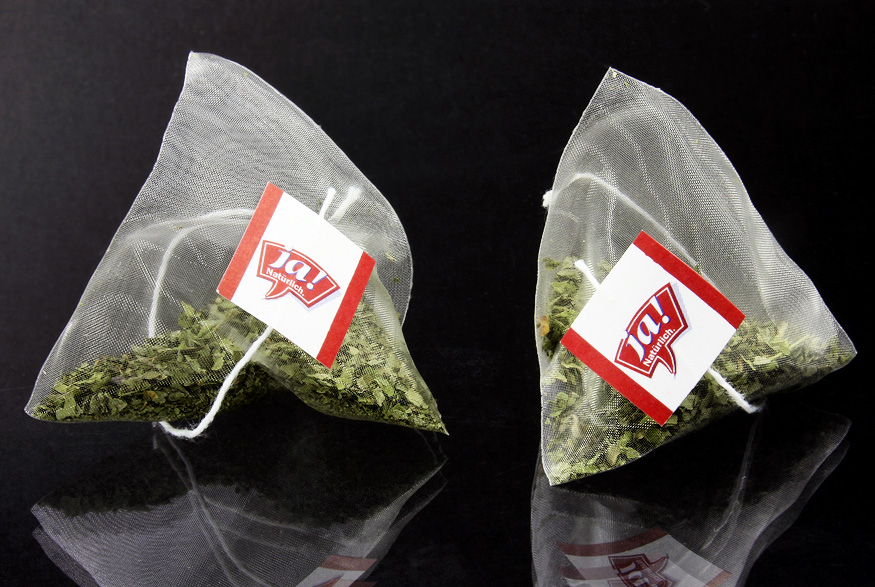
2. Tea Bags
Not all tea bags are fully biodegradable. Many are coated in a thin layer of polypropylene to keep them from breaking when you dunk them in hot water and some are also held together with a plastic-based glue.
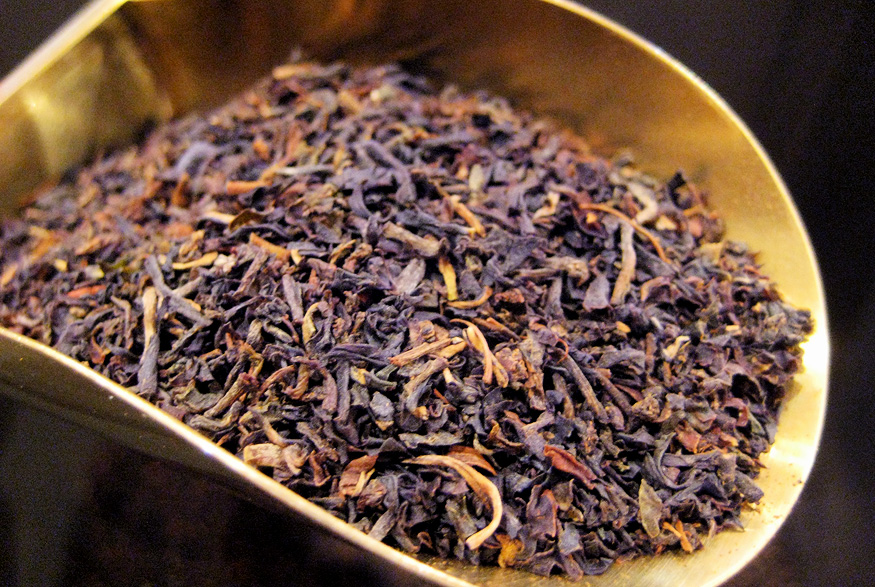
2. What to Do Instead
Loose-leaf teas are generally cheaper and give you a better quality cuppa too. Use a reusable tea bag or a mesh ball to give yourself the convenience of tea bags without the environmental damage.
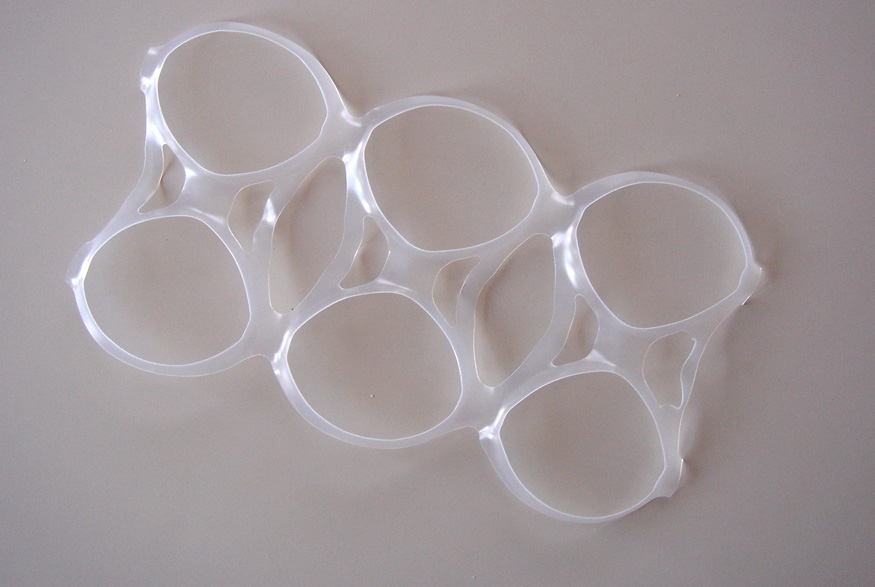
3. Rings, Strings and Rubber Bands
Animals can get entangled in the plastic rings that come around bottle tops or hold six-packs together, as well as long pieces of string or rubber bands. Some become severely malformed and many die because they can’t eat.

3. What to Do Instead
The obvious thing to do is to avoid products with plastic rings, long strings and rubber bands but it isn’t always possible. When you do need to dispose of these items, snip them into smaller pieces before tossing them out.

4. Food Packaging
You take your reusable, organic cotton shopping bag to the store and then you buy food that comes wrapped in plastic. Maybe even your milk comes in a plastic bag that isn’t recyclable but instead will end up in the landfill.
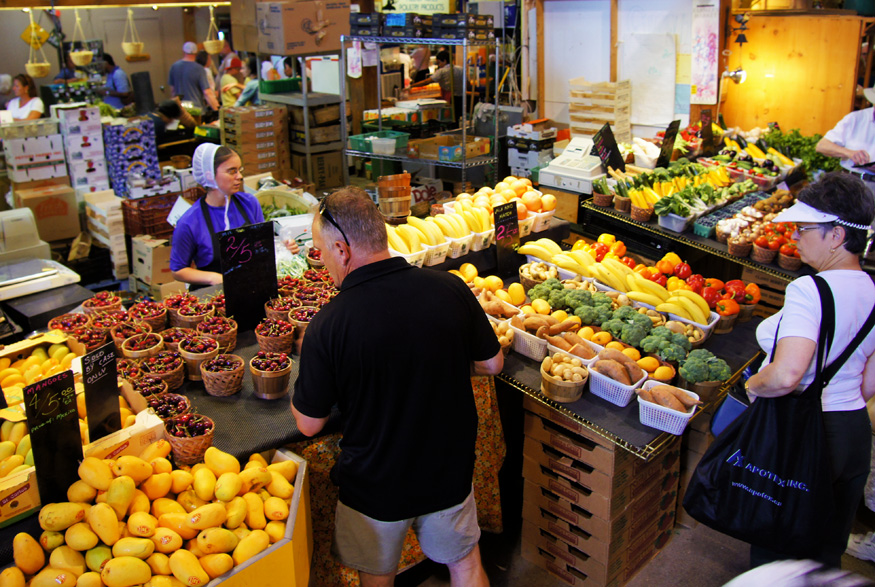
4. What to Do Instead
Buy items such as fruit and vegetables loose if you can and if your grocery store has a bulk section, take your own containers and buy from there rather than pre-packaged items. Also look for products that contain minimal packaging or that use recycled packaging materials.

5. Paper Cups
Paper cups aren’t much better for the environment than ones made of Styrofoam. Paper cups are usually coated in a thin film of polyethylene, so they’re not biodegradable. Because you can use them only once, it means more trees are being chopped down to produce more cups that will just end up in the landfill.

5. What to Do Instead
Go back to reusable cups or mugs. Many businesses, including Tim Hortons, will give you a discount if you bring your own container.

6. Disposable Wooden Chopsticks
To meet the demand for disposable wooden chopsticks, millions of trees are cut down every year. Huge swathes of old-growth forest in Canada have been clear-cut for making chopsticks.

6. What to Do Instead
Invest in reusable chopsticks that you can eat your Chinese take-out with. Also, take them with you if you’re going to an Asian restaurant or ask your server to bring you reusable chopsticks.
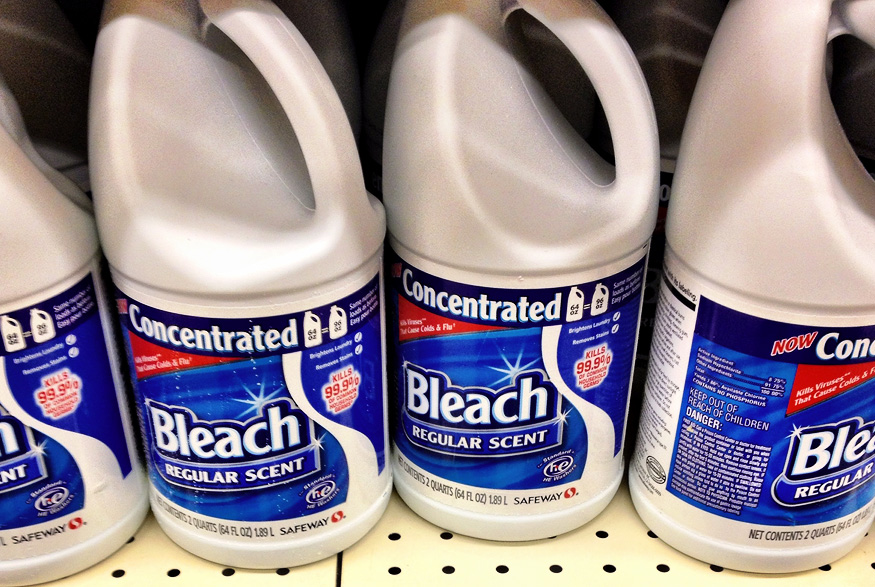
7. Chlorine Bleach
The negative environmental impact of chlorine bleach includes water and air pollution. The toxins in bleach also end up in the food chain.
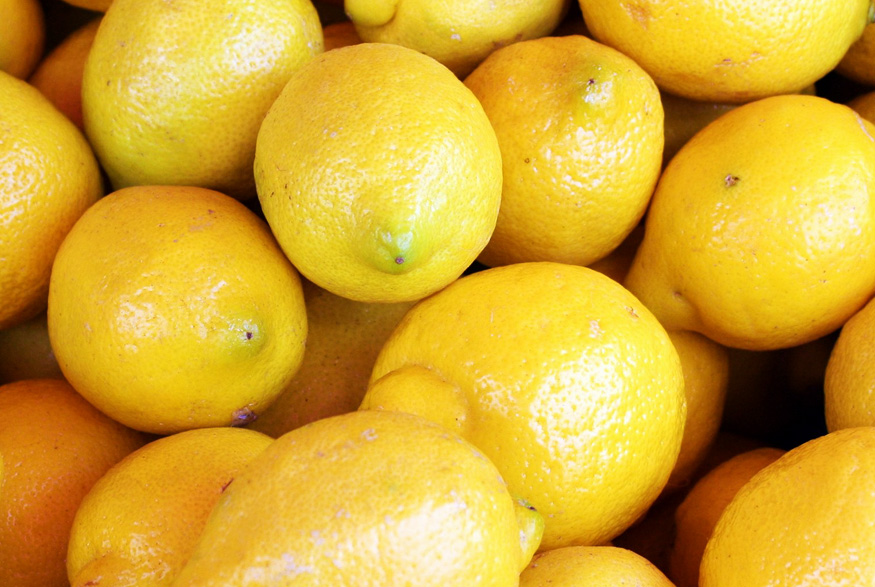
7. What to Do Instead
There are many safe alternatives to chlorine bleach. For example, hydrogen peroxide, baking soda and lemon juice are packed with whitening power while vinegar and even vodka are great for killing germs.
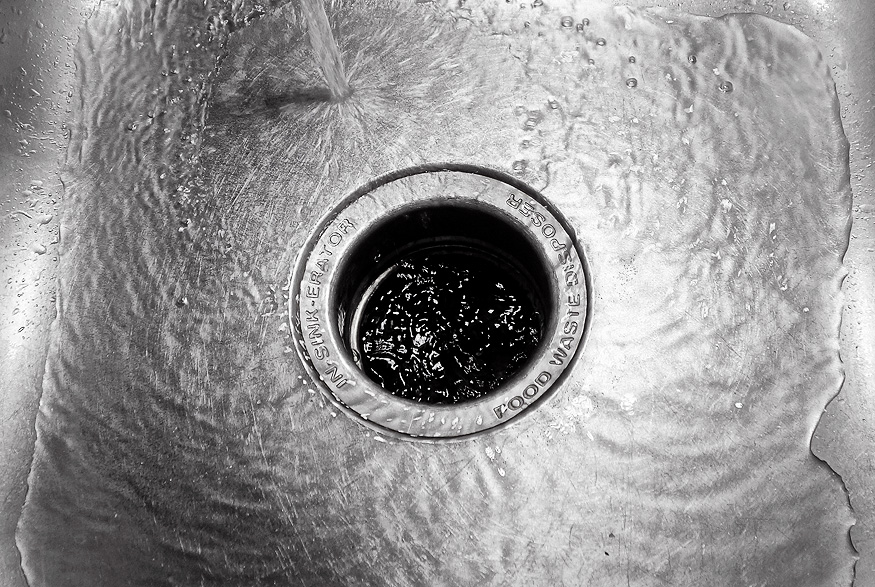
8. Food Waste in the Garbage Disposal
Putting food waste in the garbage disposal is slightly better than putting it in the bin but it produces more wastewater.
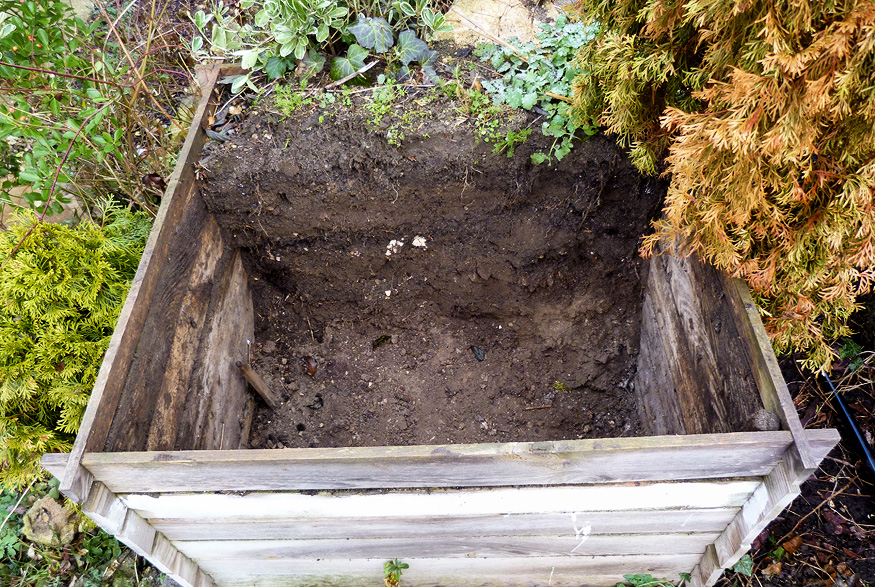
8. What to Do Instead
Get rid of food waste by composting it or finding a farmer near you who might be interested in using it as livestock feed. Even better, buy and cook less so that food doesn’t go to waste in the first place.

9. Washing Your Recycling
Yes, you do need to clean those jars, bottles and other containers before you recycle them. However, there’s no need to waste clean water washing them.
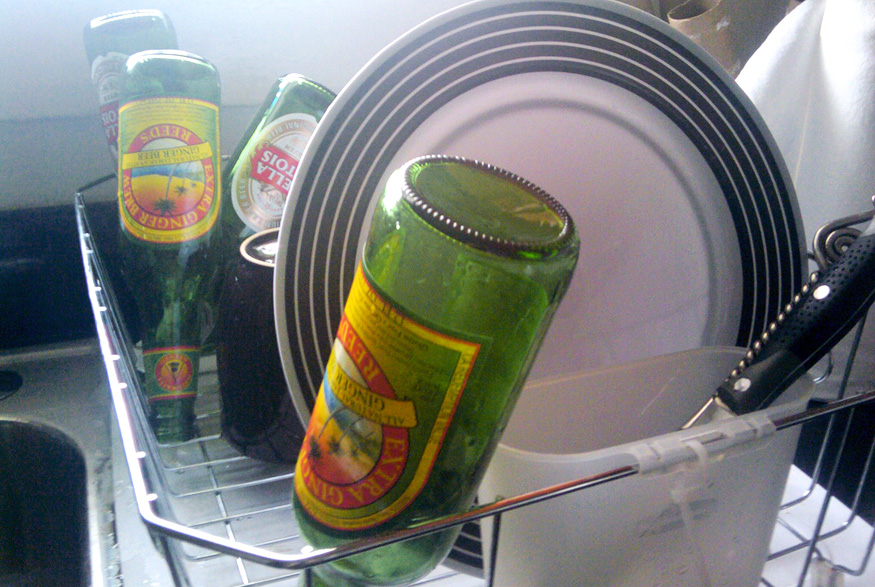
9. What to Do Instead
After you’ve done the dishes, use the remaining dishwater to clean your recyclables. You can also scrub off stubborn bits of dirt.
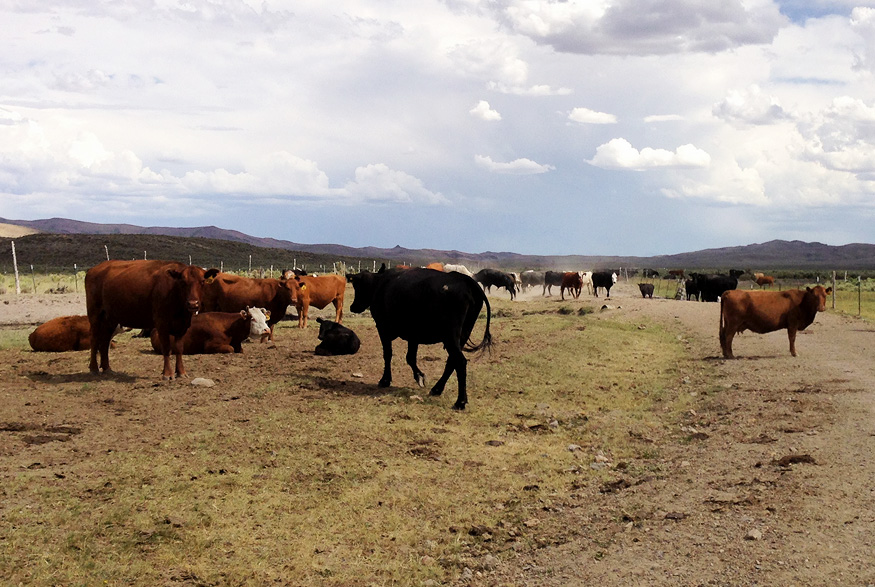
10. Animal Products
According to the Food and Agricultural Organization, livestock contribute 7% of all greenhouse gases while 26% of the world’s ice-free land is used for grazing and 33% of croplands are used for producing livestock feed. Even organically produced meat, milk and eggs have a huge negative environmental impact.

10. What to Do Instead
You don’t necessarily have to become vegan to help reduce the environmental impact of livestock production. Simply cutting down on your intake of animal products, like going meat-free one day a week, will make a difference.
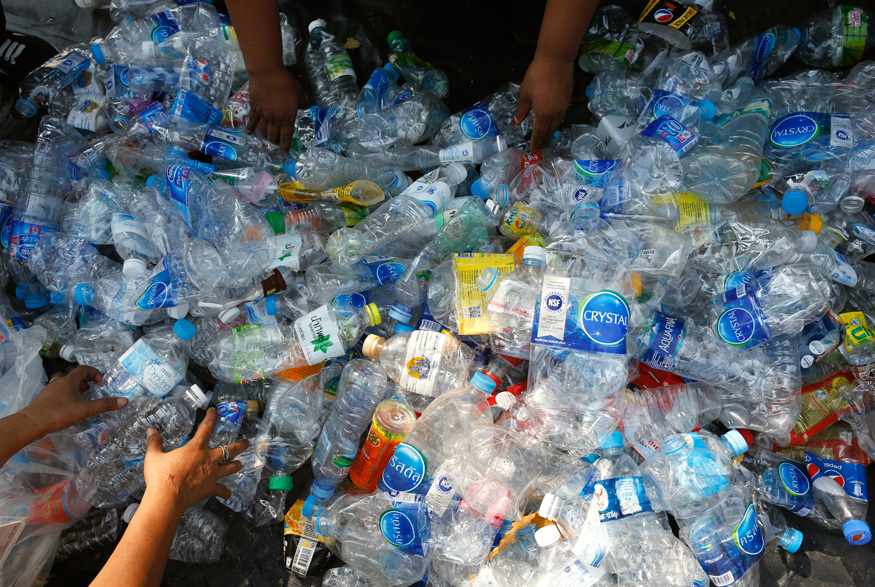
11. Plastic Bottles
According to the Council of Canadians, bottled water leads to water shortages even in Canada, contributes to climate change and isn’t necessarily healthier or safer. Then there’s the problem of what happens to those empty plastic bottles. In Toronto alone, about half the bottles end up in landfills.
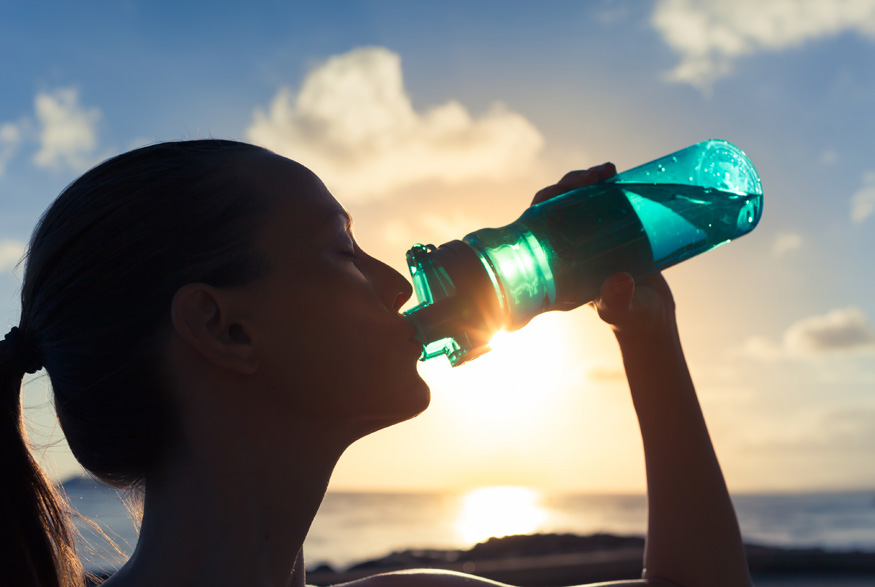
11. What to Do Instead
If you have to use a plastic bottle, reuse it as often as you can and then recycle it. A better option though is to get a reusable bottle or canteen, fill it with tap water or another beverage of your choice and carry it with you.

12. Plastic Drinking Straws
A drinking straw is a great idea when you’re drinking something very cold, very hot or acidic. However, as the Vancouver Sun explains, plastic drinking straws make up a significant percentage of the 20 million tonnes of single-use plastics that end up in the oceans per year. They introduce toxins into the food chain and are a hazard to wildlife.

12. What to Do Instead
If you can, wait for your drink to reach a more manageable temperature and drink it without using any straw at all. Alternatively, invest in a reusable straw made of bamboo or metal or insist on paper straws.
HGTV your inbox.
By clicking "SIGN UP” you agree to receive emails from HGTV and accept Corus' Terms of Use and Corus' Privacy Policy.





